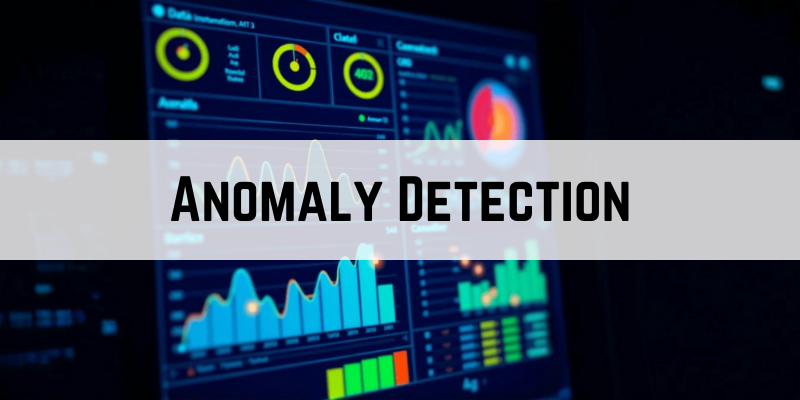
Data analytics is crucial for making decisions, and one of the most effective methods it employs is anomaly detection. It helps organizations identify unusual patterns or behaviors in data that may point to errors, fraud, or unexpected changes. Anomalies are data points that deviate from what is considered normal. Detecting them early can protect business performance and improve response time. For those looking to build skills in this area, enrolling in a Data Analyst Course in Trivandrum at FITA Academy can provide hands-on training in real-world analytics techniques, including anomaly detection.
Why Businesses Need Anomaly Detection
Anomaly detection helps businesses act quickly before small issues turn into major problems. For example, it can uncover fraud in financial transactions by spotting odd behavior. In marketing, it can reveal campaign issues, such as a sudden drop in engagement or traffic. In operations, it can detect equipment failure before downtime occurs. These applications show how valuable this tool is across industries.
How Anomaly Detection Works
Anomaly detection relies on comparing current data against a baseline. This baseline is built from historical data that reflects normal behavior. When current values fall outside expected ranges, the system flags them. Depending on the tool, detection may be rule-based, statistical, or powered by machine learning. Businesses can choose real-time or scheduled scanning, depending on how fast they need to respond. Anyone looking to gain expertise in these techniques can benefit from a Data Analytics Course in Cochin, where they can learn how to apply anomaly detection in practical business scenarios.
Common Business Use Cases
Many industries benefit from anomaly detection. In finance, it helps detect fraud by analyzing unusual spending or transaction patterns. In retail, it supports inventory control by flagging unusual spikes or drops in demand. In e-commerce, it monitors website traffic to identify sudden drops caused by outages or external issues. These are just a few examples of how companies use anomaly detection in their data strategy.
Benefits of Anomaly Detection
There are many reasons to add anomaly detection to a business analytics toolkit. First, it enables faster response to potential problems. Second, it improves data quality by highlighting errors, missing values, or input mistakes. Third, it reduces the need for manual monitoring, saving time and resources. Most importantly, it provides decision-makers with better insights by revealing hidden trends. If you’re someone aiming to master these skills, then you can consider joining a Data Analytics Course in Ahmedabad to gain practical knowledge and hands-on experience in using anomaly detection effectively.
Challenges and Considerations
Despite its advantages, anomaly detection has a few challenges. One of the most common issues is false positives. Not every unusual data point is a problem. An excessive number of alerts can result in alert fatigue and delayed reactions. Another issue is system complexity. Some tools need fine-tuning to produce relevant results. If thresholds are not properly set, the system may miss important alerts or generate unnecessary ones.
Best Practices for Implementation
To get the best results from anomaly detection, businesses should follow proven practices. Start by identifying the most important metrics to monitor. Make sure these are tied to business goals. Use clean and reliable historical data to build a strong baseline. Set thresholds that strike a balance between sensitivity and accuracy. Review system performance regularly and adjust as needed. Lastly, train teams to interpret alerts and respond effectively.
Anomaly detection is a powerful tool within modern data analytics. It helps businesses uncover problems and opportunities in real time. By detecting issues early, companies can prevent losses, improve operations, and enhance customer satisfaction. When used with the right data and strategy, anomaly detection becomes a key part of business success. As more organizations adopt data-driven decision-making, this technique will only grow in importance. If you’re eager to dive deep and master this field, a Data Analyst Course in Jaipur can provide the practical skills needed to apply anomaly detection effectively in real-world scenarios.
Also check: Power BI vs Tableau Which Should You Learn
